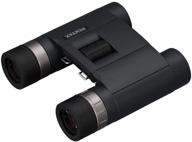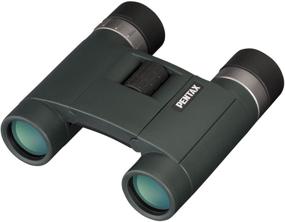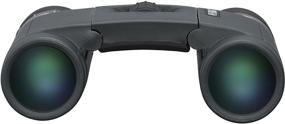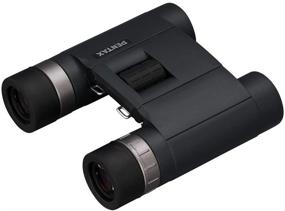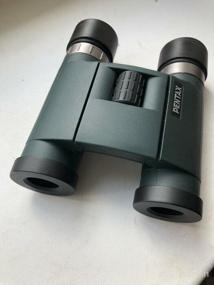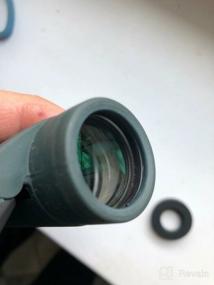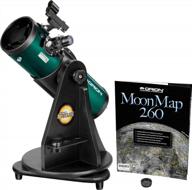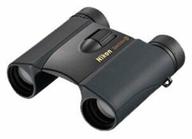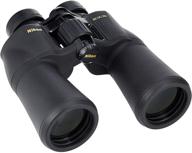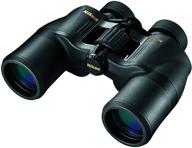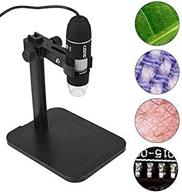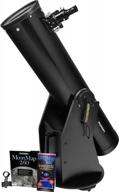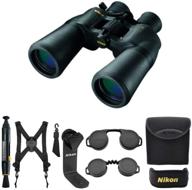1. Bad eyecups, the extension point is 5 mm behind them, that is, when viewing, the eyes do not press against them (and if you try to press it, it feels like something that constantly interferes with eyelashes and eyelids climb into the image field). Naturally, at the same time, you have light in the eyes from the side.
2. There is no blackening inside the body (in the area of the focus lens stroke) and an excess of white shiny grease (it does not appear immediately, but during operation). Accordingly, in backlight and in bright clouds, this reduces the contrast, the image becomes whitish. In the eyepiece in bright light, in addition to the pupil, the design of the prism block is displayed.
3. Small depth of field (depth of field), it is difficult to focus (you feel like an eye surgeon :)). For example, to accurately focus on objects 30 and 28 meters (trunk and crown foliage of a tree), you have to turn the focus wheel with 'micron' movements. It also complicates the diopter adjustment.
4. No tripod thread.
5. The neck strap is hard, narrow (the effect of it is as if you are not wearing a compact, but a kilogram binocular).
6. Lack of lens wipes at such a cost, minor flaws of the Chinese assembly (the rubber is not glued to the body, excess lubricant inside)
7. With such a small lens diameter and a field of view of less than 100 meters, a sharp image occupies approximately 80 percent of the lens area. Pentax engineers have clearly made it easy for themselves when designing optics.
8. My copy is poorly aligned, when viewing the starry sky, if you close your eyes after focusing and then open it, you can see how the star doubles and then the eyes force the image to one point, which leads to severe eye strain. At first I could not understand the reason that my eyes get tired, thanks to astroforums. In fact, they sold me low-quality binoculars.


